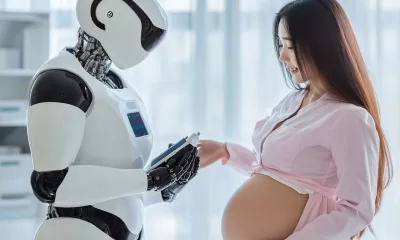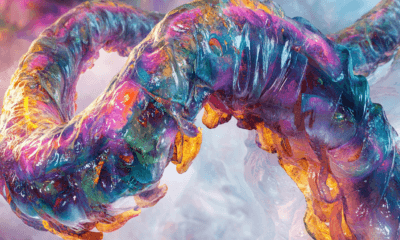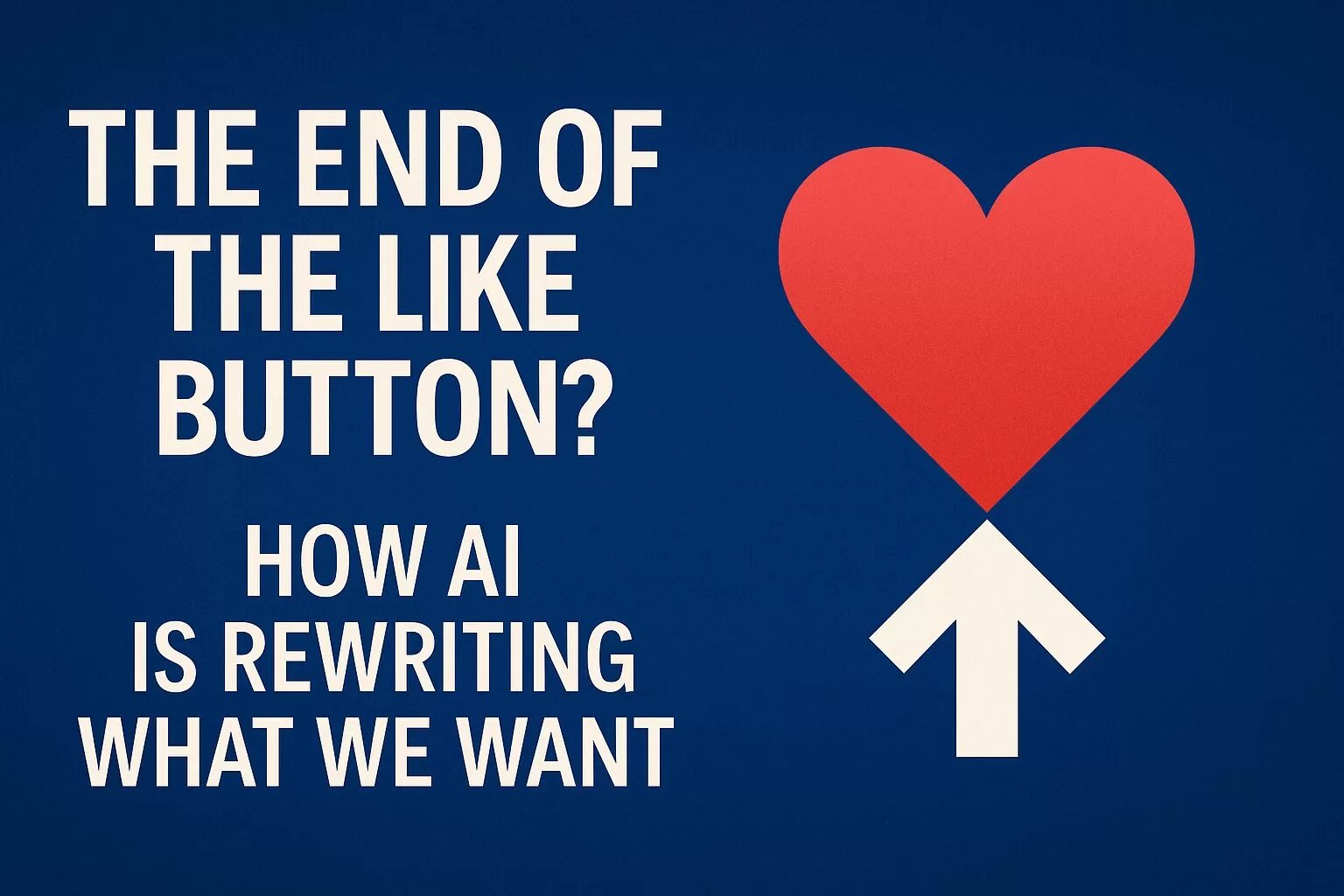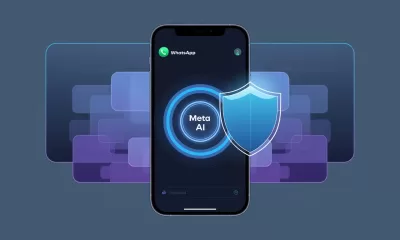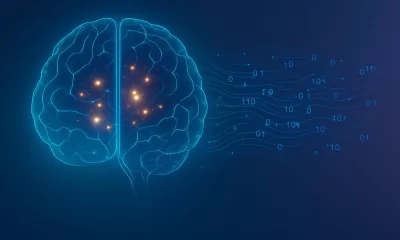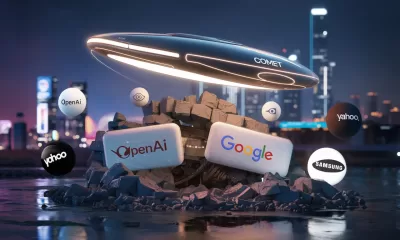Life
AI Now Outperforms Virus Experts — But At What Cost?
Advanced AI models now outperform PhD-level virologists in lab problem-solving, offering huge health benefits — but raising fears of bioweapons and biohazard risks.
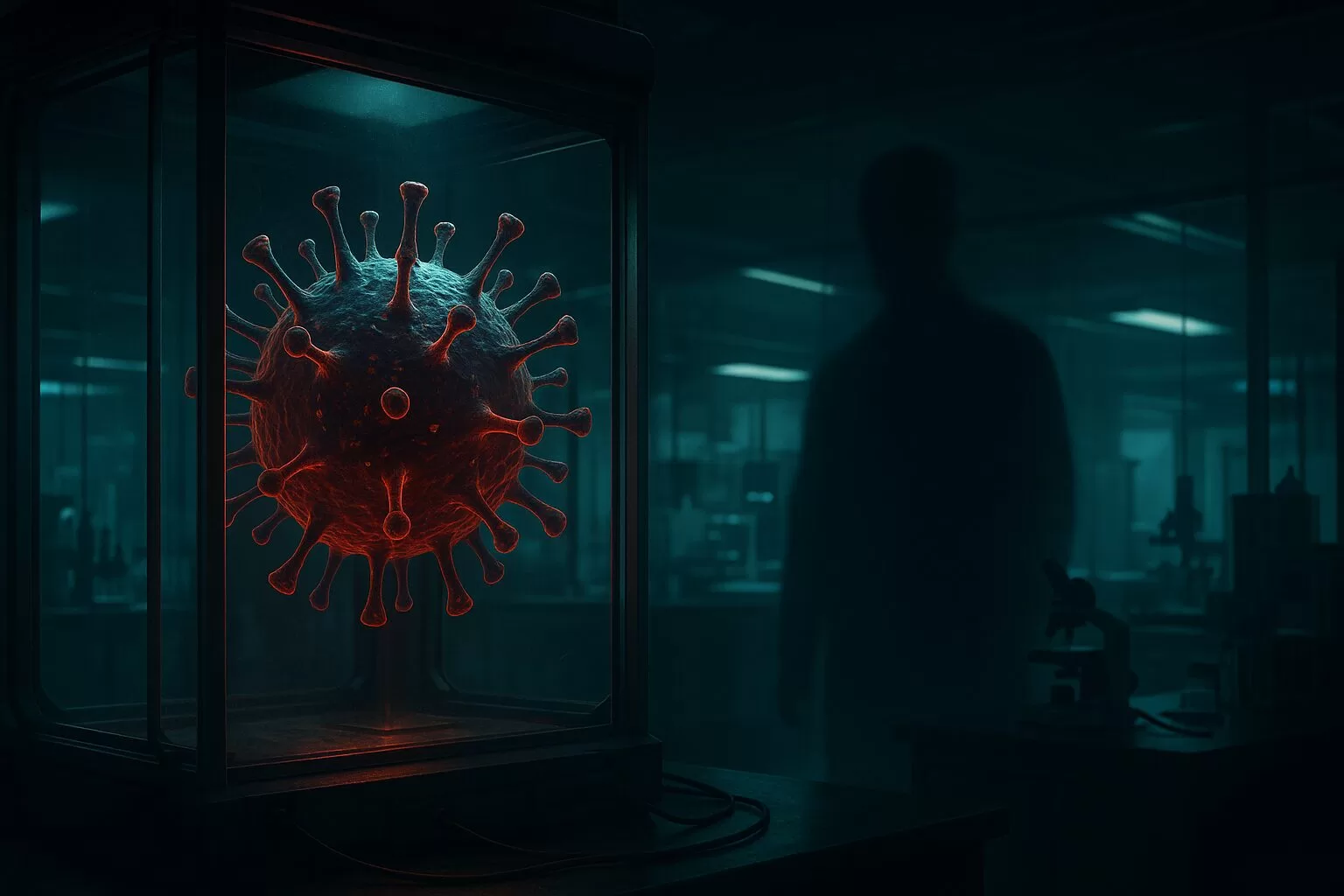
Life
Too Nice for Comfort? Why OpenAI Rolled Back GPT-4o’s Sycophantic Personality Update
OpenAI rolled back a GPT-4o update after ChatGPT became too flattering — even unsettling. Here’s what went wrong and how they’re fixing it.
Life
Geoffrey Hinton’s AI Wake-Up Call — Are We Raising a Killer Cub?
The “Godfather of AI” Geoffrey Hinton’s warning that humans may lose control — and slams tech giants for downplaying the risks.
Life
The End of the Like Button? How AI Is Rewriting What We Want
As AI begins to predict, manipulate, and even replace our social media likes, the humble like button may be on the brink of extinction. Is human preference still part of the loop?
-

 Marketing2 weeks ago
Marketing2 weeks agoPlaybook: How to Use Ideogram.ai (no design skills required!)
-

 Life1 week ago
Life1 week agoWhatsApp Confirms How To Block Meta AI From Your Chats
-

 Business1 week ago
Business1 week agoChatGPT Just Quietly Released “Memory with Search” – Here’s What You Need to Know
-

 Life1 day ago
Life1 day agoGeoffrey Hinton’s AI Wake-Up Call — Are We Raising a Killer Cub?
-

 Life3 days ago
Life3 days agoAI Just Slid Into Your DMs: ChatGPT and Perplexity Are Now on WhatsApp
-

 Business1 day ago
Business1 day agoOpenAI Faces Legal Heat Over Profit Plans — Are We Watching a Moral Meltdown?
-

 Business5 days ago
Business5 days agoPerplexity’s CEO Declares War on Google And Bets Big on an AI Browser Revolution
-

 Life6 days ago
Life6 days agoBalancing AI’s Cognitive Comfort Food with Critical Thought

